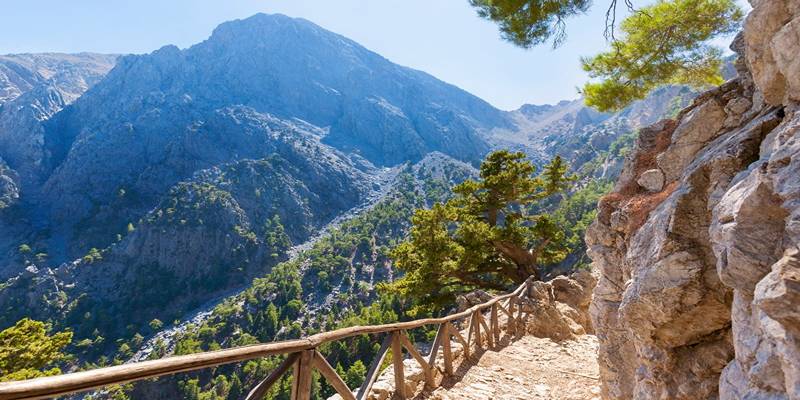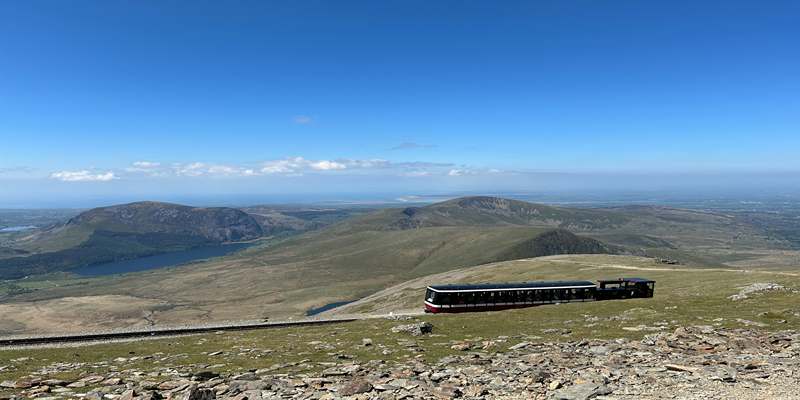Crete stands out as one of the most captivating islands in the Mediterranean, drawing travelers with its crystal-clear waters, dramatic mountain ranges, and extensive coastline. As Greece’s largest island, it caters to a wide range of interests—from coastal relaxation to hiking, cultural discovery, and photography. However, to make the most of what the island offers, selecting the best time to visit is crucial.
Crete experiences a Mediterranean climate with long, warm summers and mild winters. Yet each season brings distinct opportunities, whether for sightseeing, outdoor activity, or coastal stays. Understanding what to expect during each part of the year allows travelers to tailor their visit based on their preferred pace and activities.
Spring (March to May): Mild Weather and Scenic Trails

Spring marks the transition from Crete’s short, quiet winter into a greener, more inviting season. Between March and May, temperatures climb steadily, ranging from around 15°C in early spring to mid-20s by the end of May. Rainfall decreases significantly, and the island blooms with color, offering a picturesque backdrop for exploring.
Spring is considered one of the most favorable times for hiking and nature exploration. Trails in areas such as the Samaria Gorge, Elafonisi’s inland paths, and the hills above Rethymno become accessible again, and the island’s landscapes are at their most vibrant. Wildflowers blanket rural fields, and the higher elevations still carry the freshness of winter air.
Crowds remain low through much of spring, particularly in March and April. It allows for peaceful visits to archaeological sites, gorges, and mountain villages. While beach swimming may still be calm early in the season, coastal walks and light water activities become increasingly comfortable by mid-May.
Summer (June to August): Warm Seas and Lively Energy
Summer is Crete’s peak travel season. From June through August, the island experiences long days, minimal rainfall, and average highs often exceeding 30°C. The sea becomes comfortably warm, making this the prime time for swimming, snorkeling, and boat excursions.
All services, including local transport, tour operators, and waterfront facilities, operate at full capacity during these months. Popular beaches like Balos, Elafonisi, and Vai see significant visitor numbers, and towns such as Heraklion and Chania become vibrant centers of daytime activity.
For beach-focused travel and family holidays, summer provides consistent weather and an energetic atmosphere. However, temperatures can be intense in July and August, particularly inland, where shade is limited. Travelers interested in hiking or sightseeing during this season should plan excursions in the early morning or late afternoon.
Due to the demand, accommodations and flights are at their highest prices. Bookings made well in advance are recommended to secure preferred options in popular areas.
Autumn (September to November): Comfortable Climate and Balanced Travel
Autumn is often seen as the most balanced time to visit Crete. September retains much of the summer warmth, with daytime temperatures still in the upper 20s, while October and early November bring cooler but still pleasant conditions. The sea remains warm well into autumn, thanks to the summer heat stored in its waters.
This period is particularly suitable for travelers seeking a mix of beach relaxation and active exploration. With fewer tourists compared to summer, the experience becomes calmer while still benefiting from open facilities and mild weather. Activities such as hiking, kayaking, and exploring traditional villages remain accessible.
September is ideal for swimming and sunbathing without the crowds. In October, inland areas become more inviting, with lower humidity and excellent visibility for photography and trekking. November, while quieter, offers a glimpse into rural life as locals return to olive harvesting and seasonal routines.
Winter (December to February): Local Culture and Quiet Exploration

Winter in Crete presents a different side of the island. Though less visited, the months from December to February offer travelers a chance to experience Crete away from busy tourist paths. Daytime temperatures hover between 12°C and 16°C along the coast, with cooler conditions in the interior.
Rain becomes more frequent, particularly in January, but there are still many dry days suitable for sightseeing, walking, and cultural exploration. Towns such as Heraklion, Chania, and Rethymno remain active year-round, with local shops and museums welcoming visitors. The reduced pace allows for more extended conversations, more relaxed exploration, and greater insight into the island’s traditions.
Snow occasionally falls on the Lefka Ori and Psiloritis mountains, creating striking views and a chance for highland photography. Lower elevations, meanwhile, maintain a lush, green appearance, offering pleasant routes for village walks and countryside drives.
Some ferry services and rural accommodations operate on limited schedules, so travelers should confirm availability and consider staying in towns with year-round infrastructure.
Travel Focus and Seasonal Pairing
Understanding the ideal time to visit Crete depends mainly on what travelers hope to experience. Below is a breakdown of recommended seasons by travel interest:
- Beach Holidays: Late May through mid-October offers the best conditions for warm-water swimming and sun exposure. September is enjoyable for beach visits without high-season pressure.
- Outdoor Activities and Hiking: March to June and September to November are ideal for exploring trails, gorges, and elevated terrain. These periods combine mild temperatures and excellent visibility.
- Cultural Visits: December through April provides access to local life and historical sites with fewer distractions. Major towns remain active and provide year-round amenities.
- Budget-Friendly Travel: Early spring and late autumn deliver moderate weather and lower prices. Accommodations often offer seasonal deals, and crowds are minimal.
- Photography and Landscape Tours: Spring and autumn offer the most dynamic lighting and natural color, while winter adds contrast through snowcapped peaks and green lowlands.
Conclusion
Crete is a year-round destination, with each season offering unique advantages. Spring brings freshness and color, summer guarantees warmth and sea access, autumn blends comfort with versatility, and winter reveals the island’s quieter, authentic side. With its varied geography and Mediterranean climate, Crete supports a range of travel goals—whether focused on activity, scenery, rest, or culture.
By aligning travel plans with seasonal strengths, visitors can enjoy Crete in a way that fits their pace, interests, and budget. No matter the month, the island’s hospitality, landscapes, and distinct regional flavors continue to make it a destination worth exploring.












